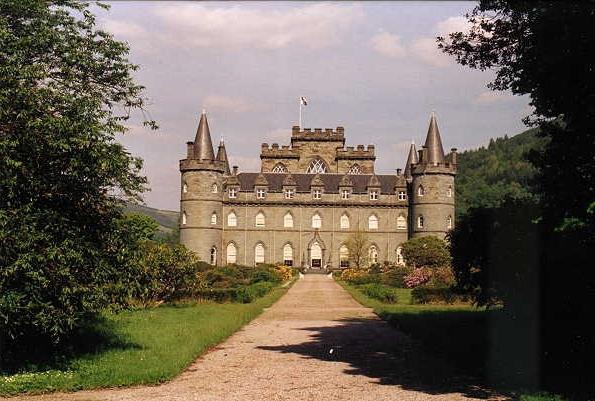Patrimony is a form of Old Russian land ownership that appeared in the 10th century on the territory of Kievan Rus. Just at that time the first feudal lords appeared, who owned large areas of land. The original estate was the boyars and princes, that is, large landowners. Starting from the X and up to the XII century, the patrimony was the main form of land ownership.
The term itself came from the old Russian word "fatherland", that is, what passed on to the son from his father. It could also be property received from a grandfather or great-grandfather. Princes or boyars received inheritance from their fathers. There were three ways to acquire land: redemption, talent for service, clan inheritance. Wealthy landowners simultaneously controlled several estates, they increased their property through the purchase or exchange of land, the seizure of communal peasant land.

The patrimony is the property of a particular person, he could exchange land, sell, rent or share, but only with the consent of relatives. In the event that one of the family members opposed such a deal, the patrimonial could not exchange or sell his allotment. For this reason, patrimonial land ownership cannot be called an unconditional property. Large land plots were owned not only by the boyars and princes, but also by the higher clergy, large monasteries, and members of the squads. After the creation of church-patrimony land ownership, a
church hierarchy appeared
, that is, bishops, metropolitans, etc.
Patrimony - these are buildings, arable land, forests, meadows, animals, implements, as well as peasants living on the territory of the land ownership of the estate. At that time, peasants were not serfs, they were free to move from the lands of one of the estates to the territory of another. But nevertheless, the landowners possessed certain privileges, especially in the sphere of legal proceedings. They formed the administrative apparatus for organizing the daily life of peasants. Land owners had the right to collect taxes, had judicial and administrative power over the people living on their territory.
In the XV century, a concept such as an estate appeared. This term implies large feudal possession donated by the state to a military or
civil servant. If the patrimony is
private property, and no one had the right to take it, then the estate was confiscated from the owner upon termination of service or because it had an untidy appearance. Most of the estates were occupied by land cultivated by
serfs.At the end of the XVI century, a law was passed according to which the estate could be inherited, but provided that the heir would continue to serve the state. It was forbidden to make any manipulations with the donated lands, but the landowners, like the estate, had the right to the peasants from whom they levied taxes.
In the 18th century, the patrimony and estate were equalized. So a new type of property was created - the estate. In conclusion, it is worth noting that the patrimony is an earlier
form of ownership than the estate. Both of them imply ownership of land and peasants, but the patrimony was considered personal property with the right to pledge, exchange, sell, and the estate - state property with a ban on any manipulation. Both forms ceased to exist in the XVIII century.